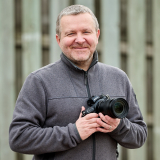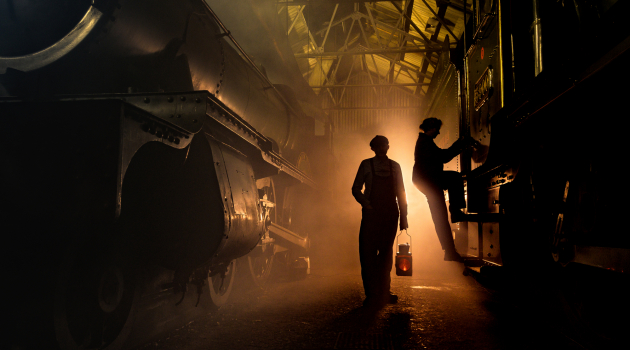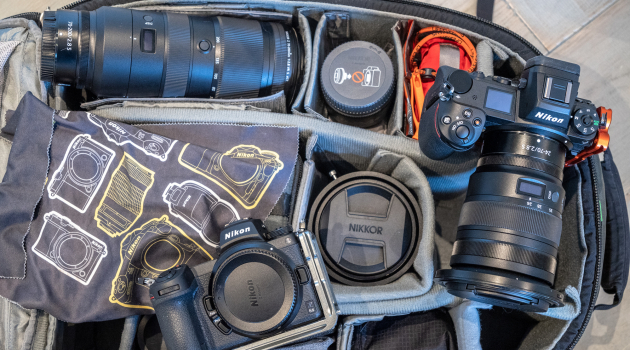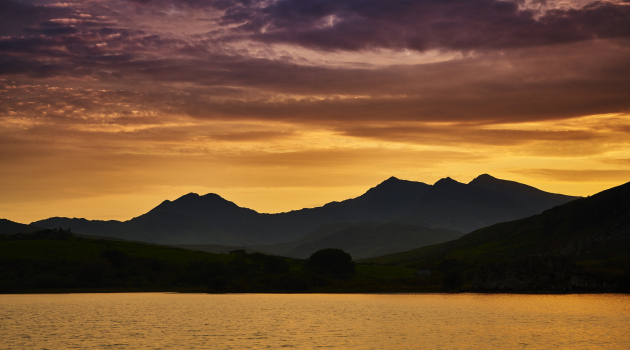What was it like trying to make that switch from “real life” to digital training at the start of the first lockdown in March 2020?
It was actually in the February that we noticed something going on – our courses usually sold out, but we found ourselves having to cancel a couple as people just didn’t want to get a train into central London. So when lockdown finally hit, we’d already been looking at options to get as much of our training online as possible.
From a technology perspective, moving online was easy. The challenge was more around reworking the content from our typical one-day format into two or three hours, because no one wants to spend a whole day training online – it’s exhausting for the delegates and for us. We had no idea how many people would sign up for the courses, but the response has been amazing. Before, photographers who lived in other regions used to complain that our London location made it difficult for them to access our courses, whereas online our reach is unlimited.
By July we’d had over 5,000 bookings, and it felt like the right time to close the London centre for good. So one weekend we went back to clear everything out. The place was a ghost town – we later found out that five other businesses had moved out of the same street that month. It did feel a bit like the end of an era, but it’s going to make us more flexible in the future. There’s still huge demand for our location courses, too – when the tiering system came in, and we were allowed to run them under the rule of six, people rushed to book. So the great thing is that we’re still running location workshops, plus all our online training – and because we’re no longer restricted to London, people now have more choice and access.
One thing we have changed is the number of participants. When we were doing in-person training, there were no more than 12 in a session. Online, the biggest audience we’ve had was over 400 for my landscape webinar, and we could easily average 100 to 200 attendees for courses in the early days. But we eventually took the decision to limit each online training to 40 people, as that makes it easier for delegates to interact with us and for us to answer individual questions. That definitely adds extra value, because we’re able to give great advice – there are very few people who know Nikon cameras, lenses and Speedlights as well as the Nikon School team!








